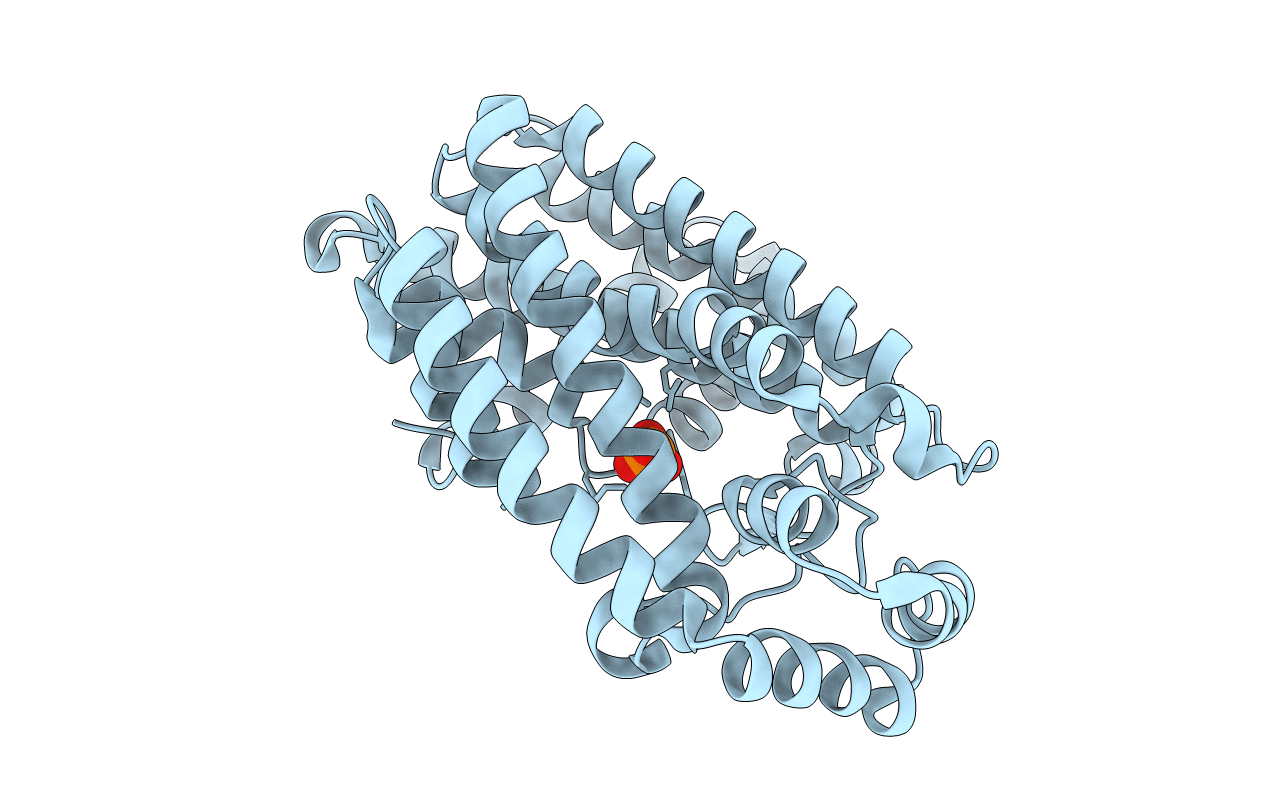
Deposition Date
2005-12-01
Release Date
2006-02-28
Last Version Date
2023-08-23
Method Details:
Experimental Method:
Resolution:
2.30 Å
R-Value Free:
0.25
R-Value Work:
0.22
R-Value Observed:
0.22
Space Group:
P 41 21 2


